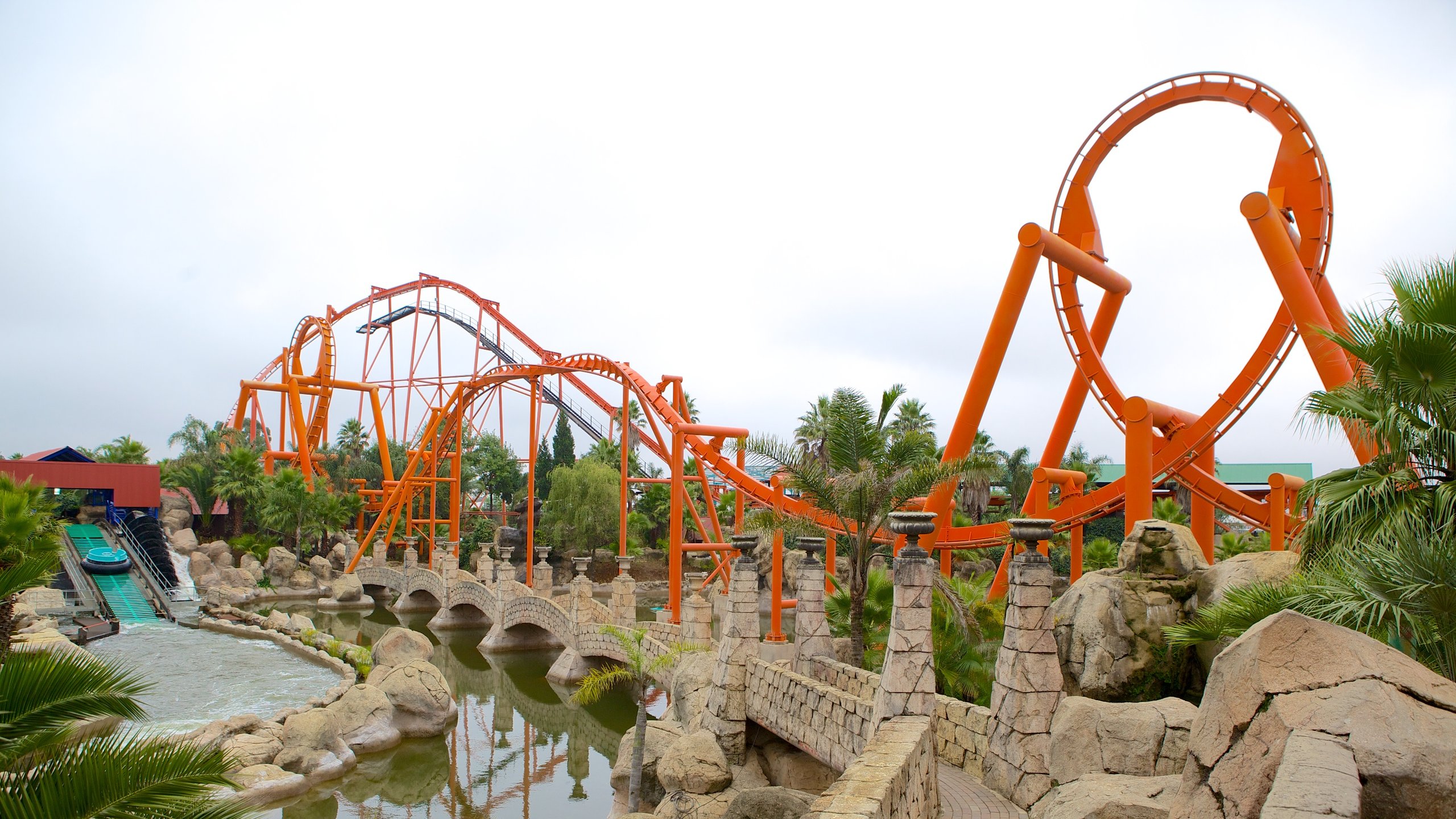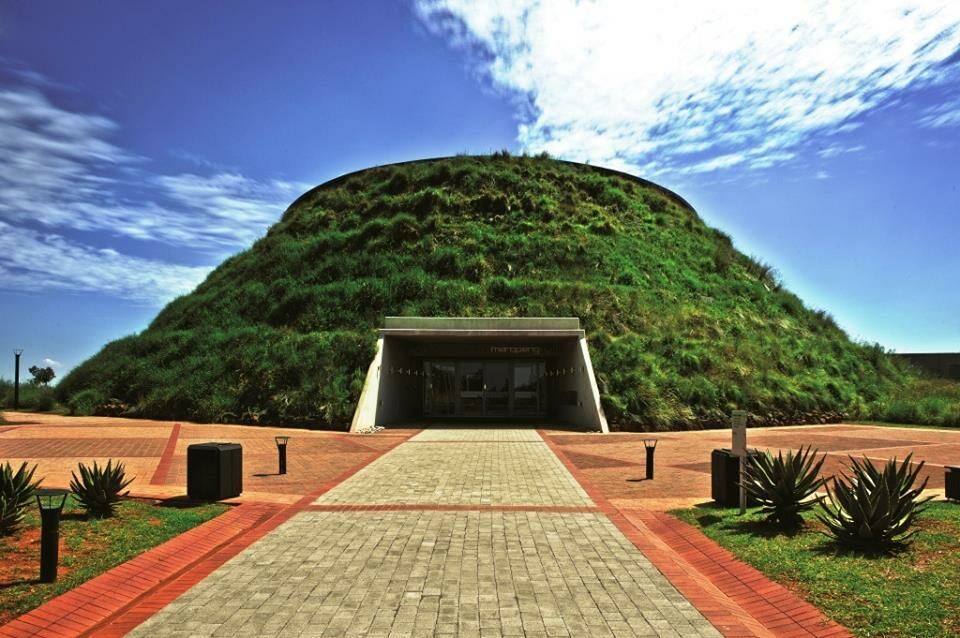The Buzz on Johannesburg North Attractions
The Buzz on Johannesburg North Attractions
Blog Article
6 Easy Facts About Johannesburg North Attractions Explained
Table of ContentsFascination About Johannesburg North Attractions10 Easy Facts About Johannesburg North Attractions DescribedThe Single Strategy To Use For Johannesburg North Attractions6 Easy Facts About Johannesburg North Attractions DescribedThe Of Johannesburg North AttractionsWhat Does Johannesburg North Attractions Mean?The Johannesburg North Attractions PDFs
Nonetheless you need to maintain safety in mind and tourists must stay alert whatsoever times when in strange environments. Speak with the residents when you are in town to learn about the location you are remaining in. Johannesburg North attractions. When on the road (this doesn't put on mall and other protected settings) best basic recommendations is to try your ideal to look like a local and to prevent showing any form of wealth
Not known Incorrect Statements About Johannesburg North Attractions
Teacher Revil Mason O. J. (Thomson, 1946) discovered the Witwatersrand's pre-colonial history. His historical job exploded the 'em pty land' misconception, according to which the region was lacking human habitation before the arrival of European settlers. In his magazines Prehistory of the Transvaal: A Record of Human Activity (1962) and Beginnings of Black Individuals of Johannesburg and the Southern Western Central Transvaal Advertisement 3501880 (1986 ), Professor Mason showed the level of social and economic development in the area prior to Europeans set foot here.

Some Known Facts About Johannesburg North Attractions.
In 1878, David Wardrop located gold in quartz veins at Zwartkop, north of Krugersdorp. In 1881, Stephanus Minnaar came throughout gold on the ranch Kromdraai, near the Cradle of Humankind.
In March 1886, an outcropping (quickly to be called the Main Coral reef) was found, rather fortunately, on Gerhardus Oosthuizen's farm Langlaagte. Some claim that the Lancastrian coal miner George Pedestrian found this reef. Another itinerant English prospector, George Harrison (that had formerly operated in Australian mines) gotten a prospecting permit in regard of Langlaagte in May 1886.
He decided to proceed in a mission for greener pastures, and disposed of his Langlaagte case for the princely sum of 10. Alas: below lay the wealthiest goldfield ever discovered. The discovery of this abundant auriferous coral reef prompted a gold rush that signalled the end of agrarian serenity in the southern Transvaal.
It would certainly, within six years, become the biggest community in southerly Africa. Within a years, it would certainly make the Z. A. R. click reference until then an anarchical and insolvent little state the most affluent country in Africa. By the turn of the century, the Z. A. R. was to surpass Russia, Australia and the United States of America to come to be the globe's leading gold manufacturer, creating even more than a quarter of the world's gold.
Getting My Johannesburg North Attractions To Work
It was referred to as Ferreira's Camp, called after Colonel Ignatius Ferreira. He was a Boer adventurer upon whom the British authorities had presented the status of Companion of the Many Identified Order of St Michael and St George (entitling him to the post-nominal letters C. M. G.) in gratitude for his role in the war that had actually deposed the Pedi king Sekhukhune in 1879.
Two other camps were developed: Meyer's Camp on the ranch Doornfontein, and Paarl Camp. The latter was nicknamed Afrikander Camp; lots of individuals from the Cape Swarm worked out there.

Johannesburg North Attractions - The Facts
This name got currency by word of mouth, such that the State Assistant affirmed the name to the Mining Commissioner on 9 October 1886. Stands in the town were auctioned on 8 December 1886. While some stands were cost 10, others were torn down for as low as sixpence.
Two years later on, these erven were to alter hands for as high as 750 each. The tented camps diminished look what i found as a dorp of corrugated iron buildings developed and broadened north of the mines situated along the Main Reef Roadway. Locations such as Jeppe's Town (where working-class immigrants erected their homes) and Doornfontein (where the affluent brand-new 'Randlords' started to create their extravagant homes) were soon included to the ever-expanding map of the town.
The Best Guide To Johannesburg North Attractions
Apart from the street names, there were no signs of Johannesburg being located in a Dutch-speaking country. Years later, C. W. Kearns O. J. (among the first boys enrolled at St John's College in 1898) would certainly recall: 'An unusual reality about Johannesburg was that, although it was in the [Boer Republic], nearly every person talked English and even the Federal government servants resolved one in English, unless they were very first resolved in the Taal (or Low Dutch)'.
As such, Britain had a passion in ensuring ideal problems for gold manufacturing on the Witwatersrand, which the gold was exported to London instead of Berlin an important provided all the extra clamant by the Z. A. R - Johannesburg North attractions.'s enhancing toenadering with Germany. Mine proprietors got on a crash training course with Head of state Kruger, whose policy of monopolistic concessions (typically approved to his cronies) stopped mining business from procuring products of products view it (particularly dynamite) and work on their own, less costly terms
A Biased View of Johannesburg North Attractions
In 1890, the Volksraad had limited the franchise business to white males who had actually stayed in the Z. A. R. for fourteen years or longer, thus invalidating the majority of the immigrants (who took place to be the significant factors to the fiscus). Nevertheless, anxiety for the ballot was a plain pretext for promoting a various agenda; a lot of uitlanders concerned themselves as short-term site visitors and had no intention of staying in the Z.
Report this page